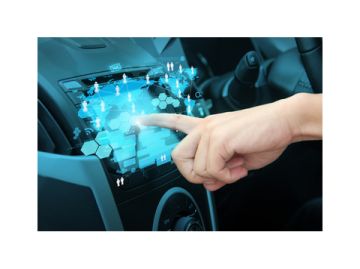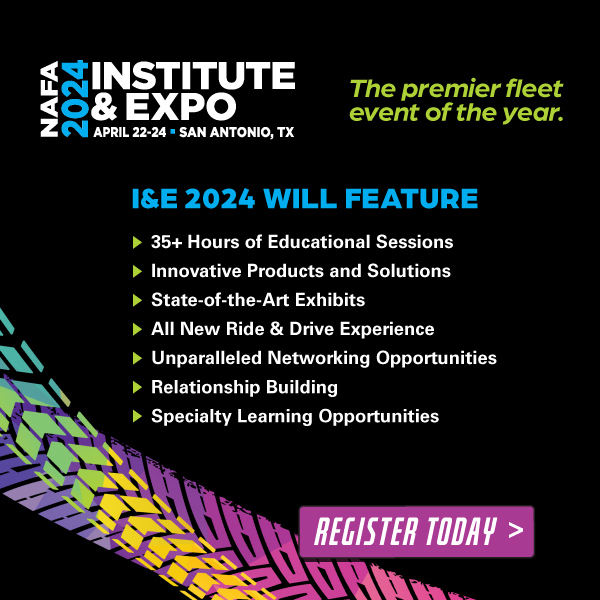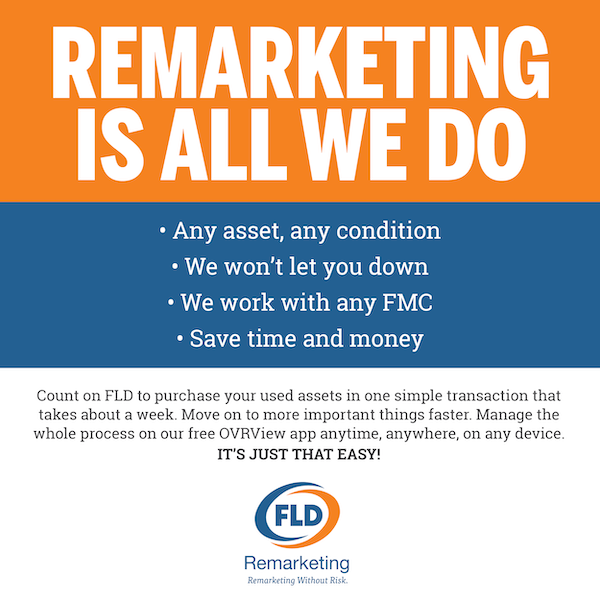
When Bruce Wayne rolled up to his Bat Cave, a roadblock dropped automatically, the camouflaged garage door swung open, the lights flickered on and Alfred was already standing by.
It has been 50 years since that vision of Batman in his tricked-out Lincoln Futura appeared on TV. But now automakers, communications companies and technology companies want to turn every car into an interconnected Batmobile.
The car is going to become another node in the internet of things,” said Kamyar Moinzadeh, chief executive of Airbiquity, a Seattle software and engineering company specializing in vehicle tracking and telematics.
There are already plenty of examples of car communications, whether it’s General Motors’ 20-year-old OnStar system or Tesla’s expanding ability to monitor its vehicles remotely and even download entirely new software operating systems.
But cars more fully integrated into the so-called internet of things — everyday devices able both to send and receive data — could become more of a seamless piece of the daily digital fabric of people’s lives.
Even now, Amazon’s voice-activated home assistant, Alexa, can order up an Uber ride or find out how much gas is in a car’s tank while the driver is still in the house.
BMW announced this month that its Connected services would enable Alexa owners to lock the car doors and check car battery levels from the comfort of their sofas.
Ford Motor plans to introduce Alexa integration into vehicles, including the Escape and Fusion, before the end of this year, said James A. Buczkowski, who oversees advanced engineering at Ford.
“Your spouse could add things to the shopping list, which your car would alert you to,” Mr. Buczkowski said. The updated list could then automatically tip off the car’s navigation system about where to pick up the last-minute items.
The first generation of connected systems like G.M.’s OnStar were focused on helping drivers when they were lost or their cars broke down, and the second generation has been about connecting the dashboard to smartphones for streaming live traffic information or audio services like Pandora, said Mr. Moinzadeh at Airbiquity.
The next generation, he said, will focus on managing our entire digital lives, aided by semiautonomous systems that assume more responsibility for actual driving tasks.
Once we get to the world of autonomous driving, these cars are not going to be about horsepower but about the in-vehicle experience and how it’s connected to your lifestyle,” Mr. Moinzadeh said. “The car will talk to all your connected things, whether it’s your refrigerator or your home security system.”
Mercedes-Benz is among the automakers intent on integrating cars more fully into the mobile communications network, without waiting to peg it to autonomous driving.
“The car is developing into a quality-time machine,” Dieter Zetsche, chief executive of Daimler, the parent of Mercedes-Benz, said last month at the IFA consumer electronics show in Berlin.
Next year, Mr. Zetsche said, the company’s In Car Office services will automatically connect drivers to scheduled conference calls and navigate to appointments based on calendar entries.
Read more of the original article at The New York Times.




